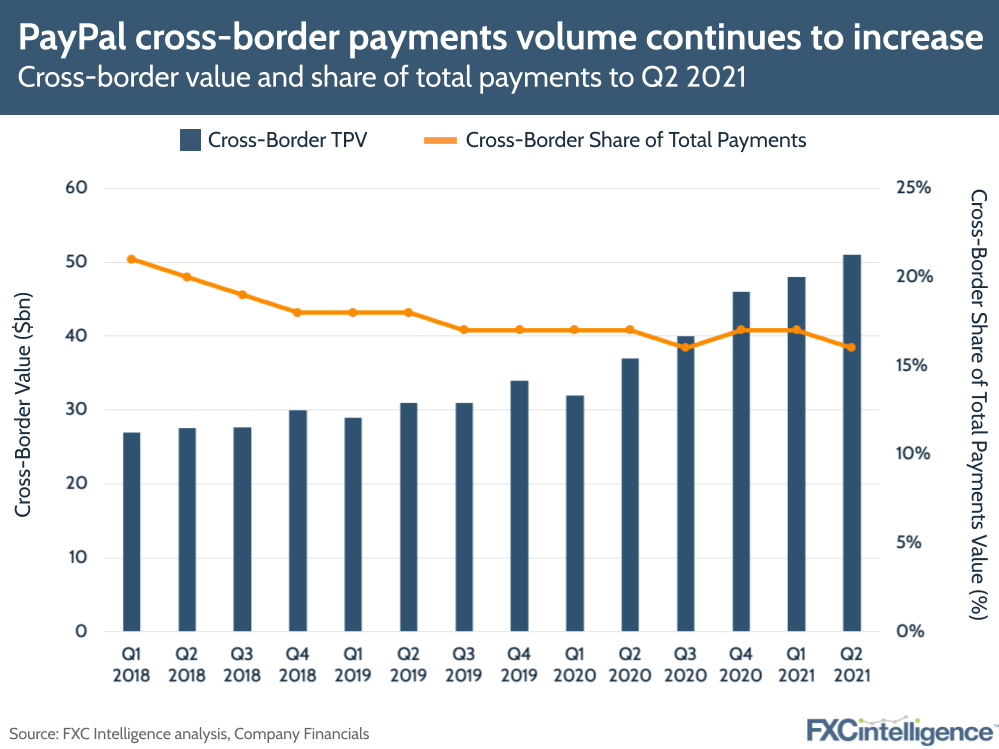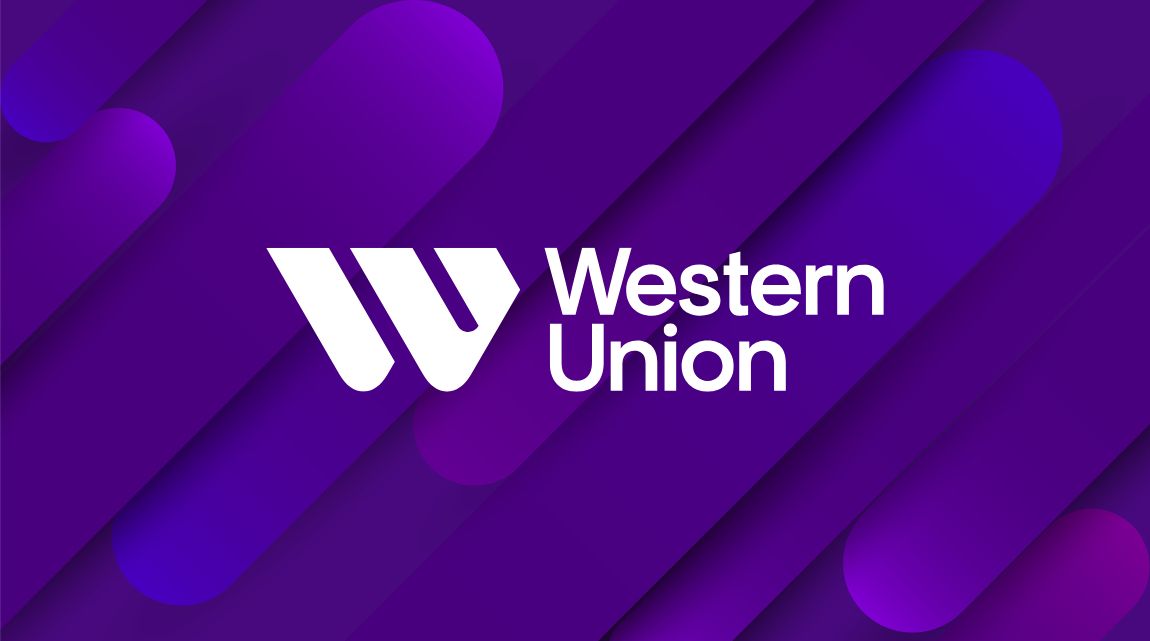Concerns that the ecommerce surge we’ve witnessed during the pandemic would end with rollout of vaccines has been further dismissed with PayPal’s Q2 2021, which saw another a record quarter, with net revenue rising 18% year-on-year to $6.24bn. However, the rapid departure of eBay has created challenges, and the company fell slightly short of its high revenue expectations.

The highlights:
- eBay was the sting in an otherwise strong set of results, with the company’s managed payments transition occurring faster than expected. This means eBay now represents under 4% of its volume, and is down 512 basis points from Q2 2020. PayPal did see a knock to growth from this – excluding eBay its revenue grew by 32% – although this was offset by other areas.
- Total payment volume growth was particularly strong, increasing 40% year-on-year to $311bn, around $25bn higher than the record-breaking Q1 2021.
- PayPal saw a 16% increase in active accounts, which reached a staggering 403 million.
- Looking to cross-border, the share of total payments volume dropped by one percentage point, however cross-border trade TPV still increased 30% on an FX-neutral basis, with cross-border volume now standing at $51bn.
- Key cross-border corridors again included UK to EU and US to China, Canada and the UK, while the fastest growing segments were travel and events, cosmetics and fashion.
- Away from eBay, other marketplaces showed growth, including Alibaba, as did initiatives such as PayPal’s relatively nascent buy now, pay later offering, which which recently launched in Australia. This segment processed over $1.5bn TPV in Q2, up 49% from Q1 2021.
- eBay has caused the company to downgrade its revenue projections slightly, particularly in Q4 where it anticipates growth of just 14%, but it is still projecting revenue growth of 20% and TPV growth of 33-35% for the year. This was enough to scare investors, however, combining with its revenue miss to knock around 5% off PayPal’s stock in after-hours trading.
Who are the top 100 cross-border ecommerce players globally?


